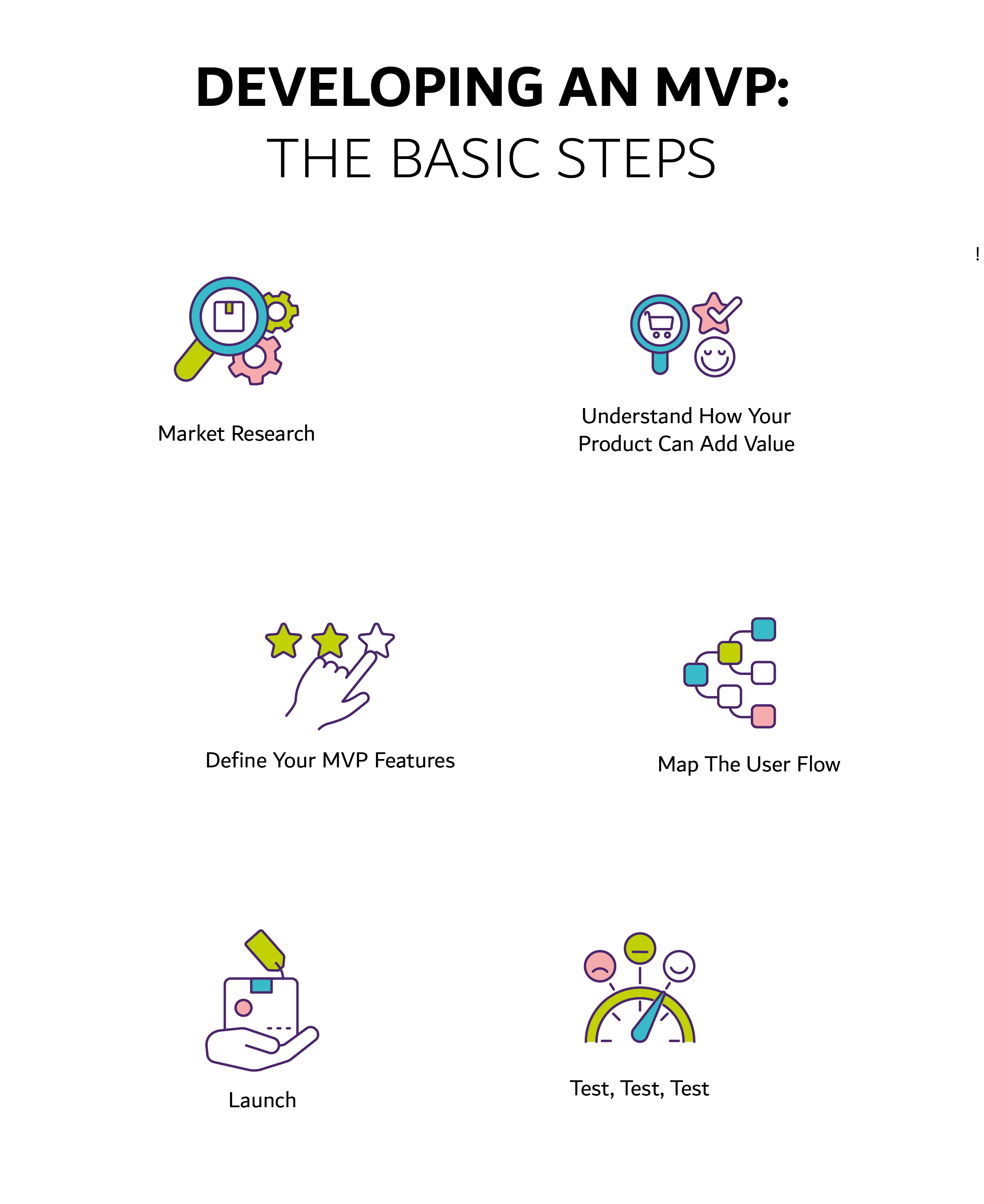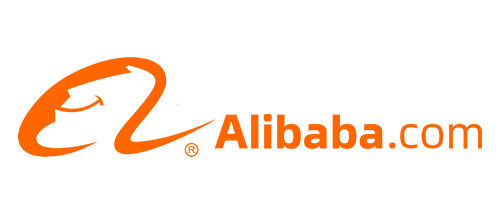Outsourcing a Minimum Viable Product (MVP) is a popular strategy for growing startups. It can help you scale quickly and affordably, but it’s not suitable for every company. In fact, many tech startups end up with a product that doesn’t meet their needs and, because of poor choices in developers, doesn’t deliver.
That’s why it’s important to know what to look for when considering outsourcing and understand if it’s right for your business and product. Remember, an MVP is the software equivalent of a prototype in a manufacturing environment, so its success, or failure, can significantly impact the direction your business takes.
On average, in the US, outsourcing accounted for 13.6% of the total IT budget in 2020/2021, and 70% of companies who choose to outsource their software development projects do so to save money.
So clearly, software development outsourcing is popular, but what advantages are there other than cost – and are there any drawbacks? Today, we’re running through everything you need to know about MVP outsourcing.
The Basic Steps of Effective MVP Development
Before diving headfirst into outsourcing, let’s quickly look at the basics of planning MVP development as part of your wider business. The process can be divided into six distinct steps.

1. Market Research
Some ideas just aren’t marketable. Before starting an MVP Development process, you need to take reasonable steps to ensure there is a market for what you want to create. More information and insight give your MVP the best chance of success. Don’t just speak to consumers – look at what your potential competitors are doing too.
2. Understand How Your Product Can Add Value
Based on your market research, what does the market need or want? What gap exists that competitors aren’t already filling or aren’t addressing effectively? What can you build, in a short time, that will give users something new that they want and need? These questions will quickly shape what your MVP will look like.
3. Map the User Flow
The design of your MVP is crucial, and it must be user-friendly. Every time you make a decision that will impact how a user will interact with an MVP, you need to view it through their eyes. Great flow from a user perspective will mean they never notice ‘using’ anything – it just works. This is what you should be aiming for.
4. Define Your MVP Features
At this stage, you can decide which features to include in your MVP and which are less important. The features that you must create are the ones that fulfill the user needs you established in your market research. If you have the time and money, you can leave in some of the features that cover their wants, but you need to focus on what is most important at the start.
5. Launch
You’ve done all the hard work designing and developing an MVP at this stage. Now, you need to get people to use it. This will likely begin with a small group of candidates you may have pre-selected as people whom the MVP will be particularly useful for so that you can guarantee they’ll use it and help with the final step in the process.
6. Test, Test, Test
Every step in this list is critical. But it will all be for nothing if you don’t test how your MVP performs. You need quantitative and qualitative feedback on what you’ve built if you take it from prototype form and develop it further.
How Does Outsourcing Development Work?
If you’re looking to outsource your tech team, it’s crucial to understand how it works. Outsourcing is the process of hiring a company or individual to perform a task or set of tasks that would otherwise be done internally by an employee of your company – pretty straightforward.
MVP development can include anything from writing code, designing websites and apps, managing databases and servers, building hardware prototypes, or all of the above so that your complete solution, at least the final one, is built by another team.
Day-to-day, you can organise your developers however you like. Perhaps you want to retain project management and design in-house and just have the coding work taken care of outside your organisation. Some companies, though, are happy to put the whole MVP project in the hands of an outside development team, freeing them up to focus on the rest of their business objectives.
10 Ways The Biggest Companies Hire The Best And Brightest Talent
It’s also vital to consider what development model to use when outsourcing, as this will have a significant impact on anyone you have working on development in-house.
Pros of Outsourcing
As we’ve already mentioned, the major advantage of outsourcing software development is cost reduction. Typically, you’ll outsource to a less wealthy country or region where there are plenty of talented developers, but the price of hiring them is lower.
Outsourcing can be an excellent way to test the market. If you’re unsure whether people will buy your product, it might be worth outsourcing your MVP so it can be developed at a lower cost. This is especially true if you don’t have enough capital to risk creating a product that no one wants.
If outsourcing is done properly, it can be cost-effective and time efficient, allowing you to capture market share before any of your competitors catch on. There are drawbacks to being first to market, but it generally has several key advantages, including establishing brand recognition and buying time to make your products more cost-efficient.
Outsourcing can be used as an alternative to hiring new employees and as part of your business strategy – especially if you have plans for growth in the future. In 2022, hiring developers has never been so difficult because of how competitive the market is. Outsourcing development cuts out the time and effort required to find and onboard great tech people.
Streamline Your Recruitment Process With These Tips
Cons of Outsourcing
Outsourcing is a long-term commitment, so you’ll be relying on your partner to perform the work for some time. If they can’t fulfill your needs, you can do nothing about it except request that they fix their work or get another partner, which is a big drain on time and money. Also, it might take a while before you find an outsourcing partner to begin with who can meet your requirements and is available at the right price point.
Offshore outsourcing sacrifices perfect clarity of communication due to time zones and language barriers, so the cost advantage of outsourcing to countries further afield can sometimes be outweighed by the additional time it can take to communicate effectively.
Ultimately, if you get someone else to do development on your behalf, you have less control over the quality of the finished product than you would if you did it in-house.
Successful Examples of Outsourcing
You might not know, but many big-name companies started with an outsourced product. We’ve given a few examples below, with links to their full stories if you’re interested in diving deeper.

1. Alibaba: The world’s biggest marketplace wouldn’t be available if not for a team of specialised developers from the US. Using offshore support in web development, Alibaba surpassed eBay in China and now has an operating revenue of over $130 billion.

2. Slack: First, the company collaborated with MetaLab and, after six weeks, was provided with its logo, web, and mobile apps, along with its very own marketing site. In 2020, Salesforce purchased Slack for $27.7 billion, showing how a great idea, developed quickly and effectively, can have a big impact.

3. GitHub: This open-source software community started on its road to success with the help of talented outsourced consultant Scott Chacon. In the beginning, the founders of this company hired Chacon as the company’s outsourcing consultant and quickly developed a platform that is now used almost ubiquitously.
Is Outsourcing Right for You?
The first question to ask when deciding whether outsourcing is right for you is: are you happy having less control over the development of your MVP? Yes, outsourcing has cost and time advantages, but they won’t be worth much if you aren’t comfortable with your product being built by someone outside your organisation. On the other hand, if you just want to focus on your company’s core competencies while letting those who specialise in certain areas take care of the rest, then outsourcing is a great idea.
It’s also incredibly important to understand where your business is right now and what your goals are. If you have big growth plans for the next 18 months, then you probably don’t want to spend the next six months building a team of developers. But, if you have more time and money to play with, and your MVP doesn’t have to be in the market as soon as possible, you probably don’t need to outsource.
How to Choose an Outsourcing Partner
Choosing the right outsourcing partner is a critical step for your business. The best ones will share the same values, be trustworthy, and have experience with your industry. A quick Google search will bring back pages and pages of different developers you can partner with. Here in Dubai, you’ll find a few names: Niyati and Unity, so these might be good places to start your outsourcing inquiries.
Here are some quick pointers on things to consider before you open a dialogue with a developer:
GETTING STARTED WITH A DEVELOPER: THINGS TO CONSIDER
- Do they have a good cultural fit? You want to work with people who are friendly, open-minded, and willing to help. If you have any doubts about this, ask former clients how they felt about their relationship with the company.
- How do they treat employees? When interviewing potential partners, look at their track record on the treatment of staff – paying them fairly and giving them development opportunities are good signs that you’re dealing with an ethical business that values its team members.
- How long have they been in operation? A well-established company will have more knowledge than one just starting, so there’s less chance of something going wrong during your project if they’re used to working with businesses like yours.
- What kind of support do they offer during development? Think of things like documentation review and QA.
- How often does communication happen between teams? Will it be daily or weekly, and what tools will they use to communicate?
Conclusion
Outsourcing can help you get a product to market quickly and affordably, but it’s important to understand how to find the right partner.
In our experience, outsourcing is a great option for companies with limited funds or needing to get something done quickly. However, being selective about whom you work with is extremely important because they can do more harm than good if they aren’t the right fit. If you choose the wrong developer, any time or money you could save outsourcing might quickly be wasted having to undo work that isn’t up to scratch or doesn’t fit your customers’ needs.
Remember, once your MVP is complete, you need to move on to developing your Minimum Marketable Product (MMP), so if you’ve found an outsourced development firm that does good work and aligns with your needs, you’re probably going to need their help again.
To find out more, visit our website, or get in touch with us via setup@meydanfz.ae or 800FZ1.
